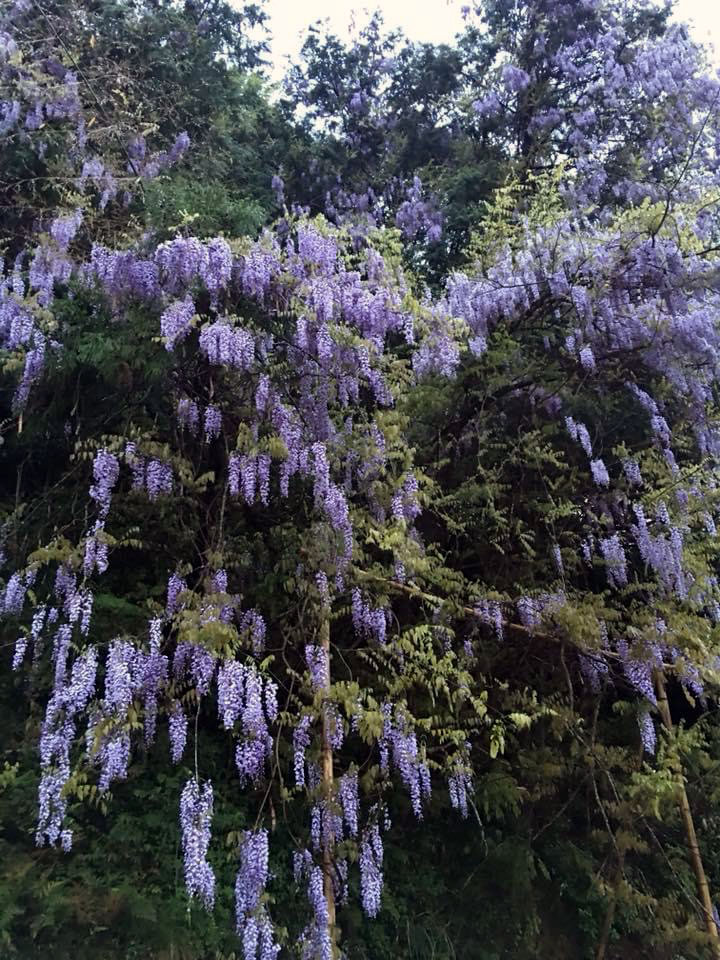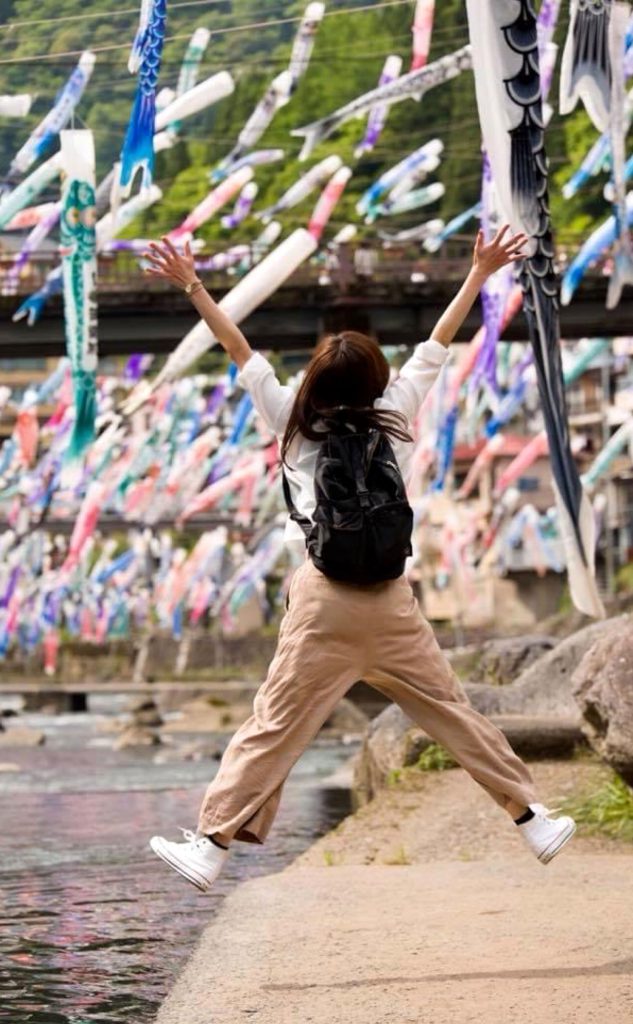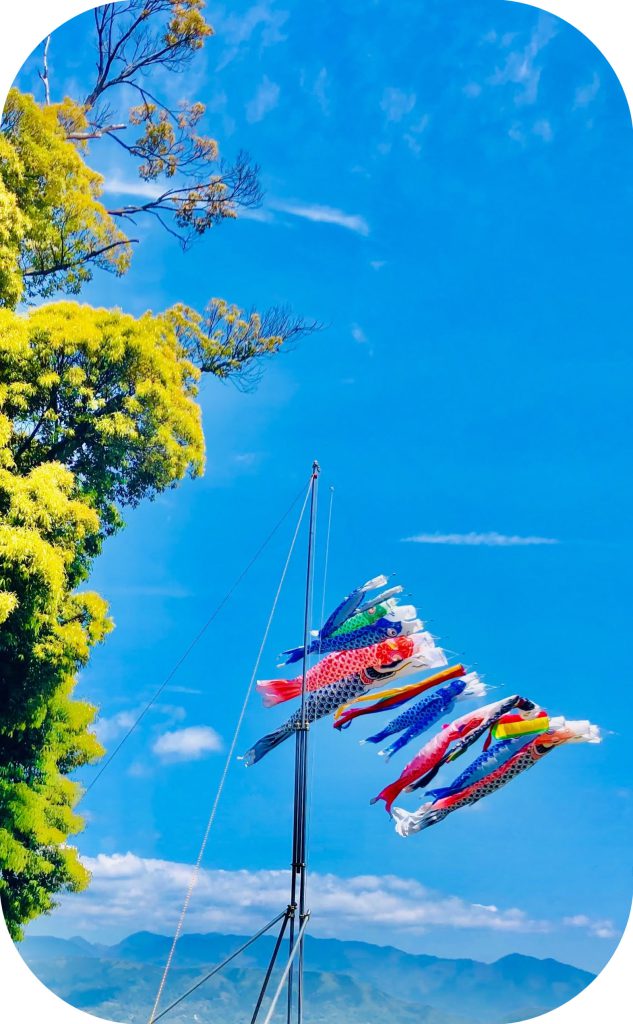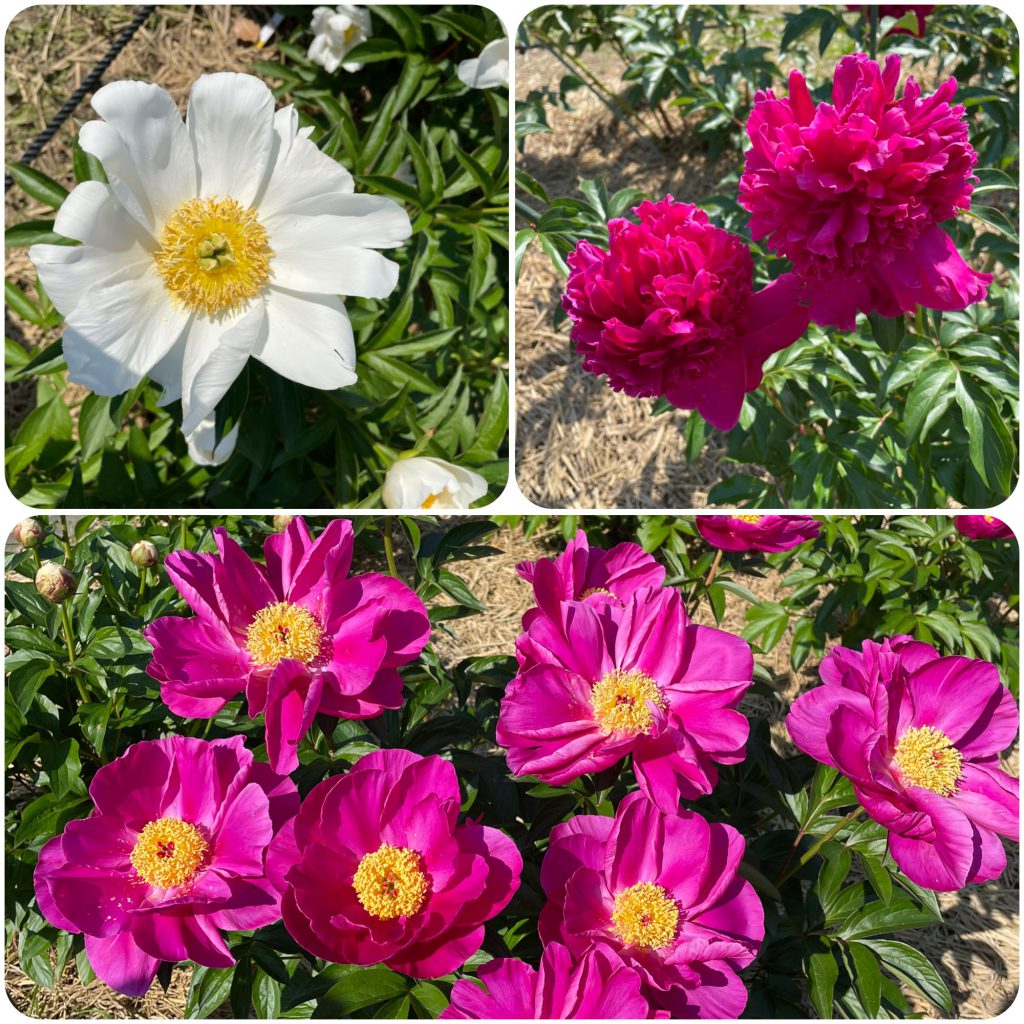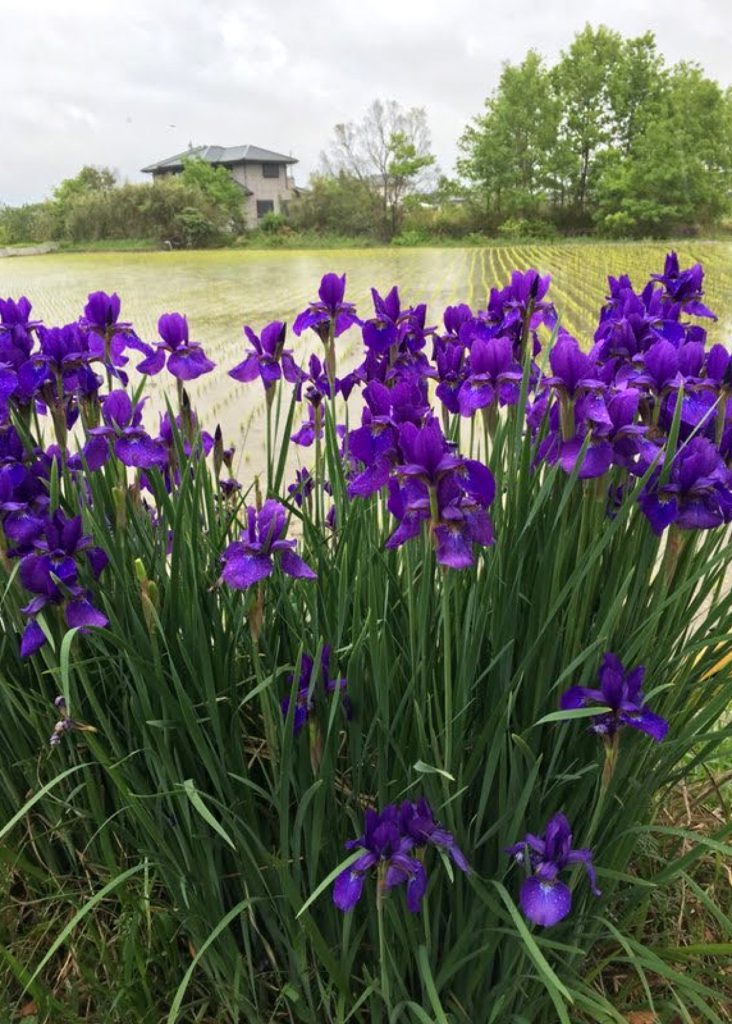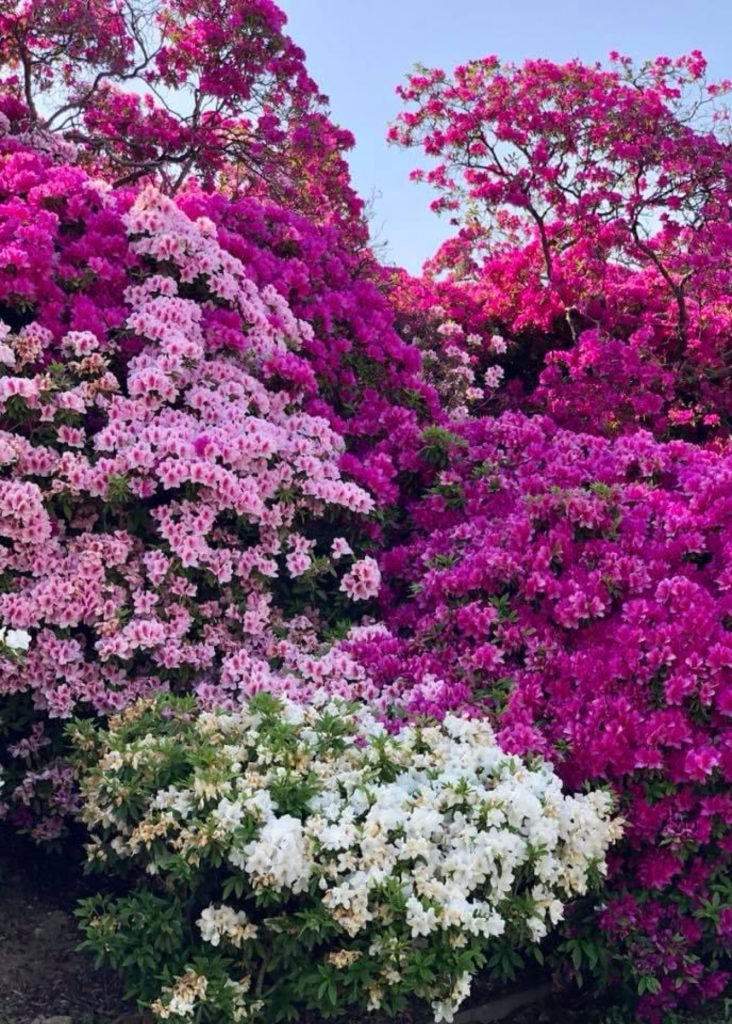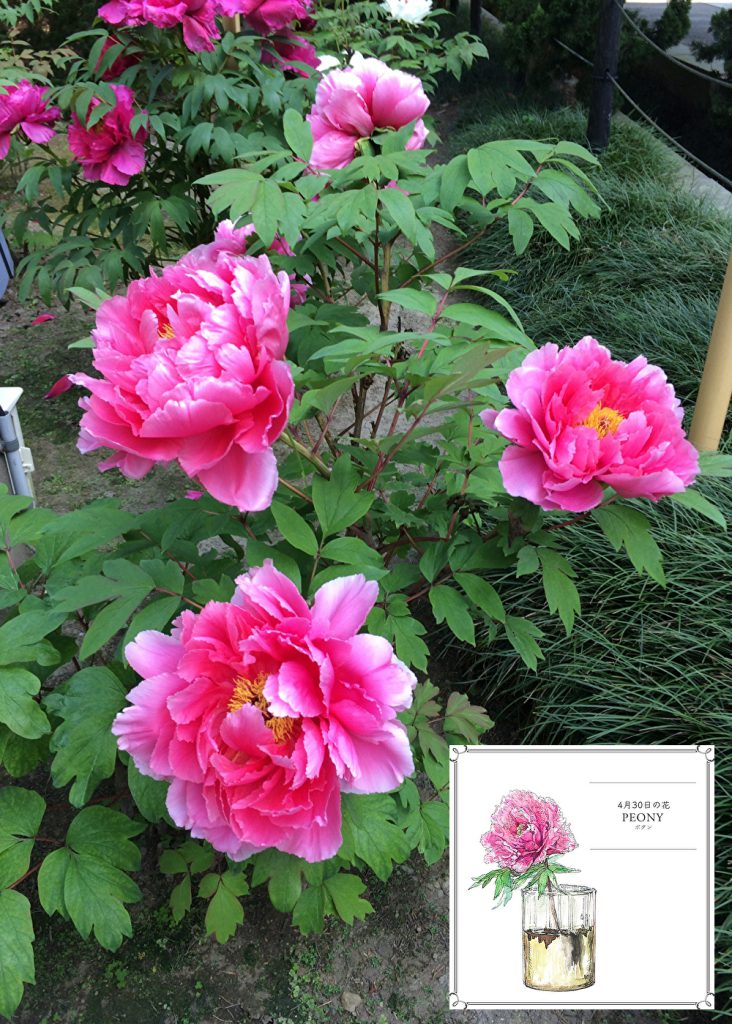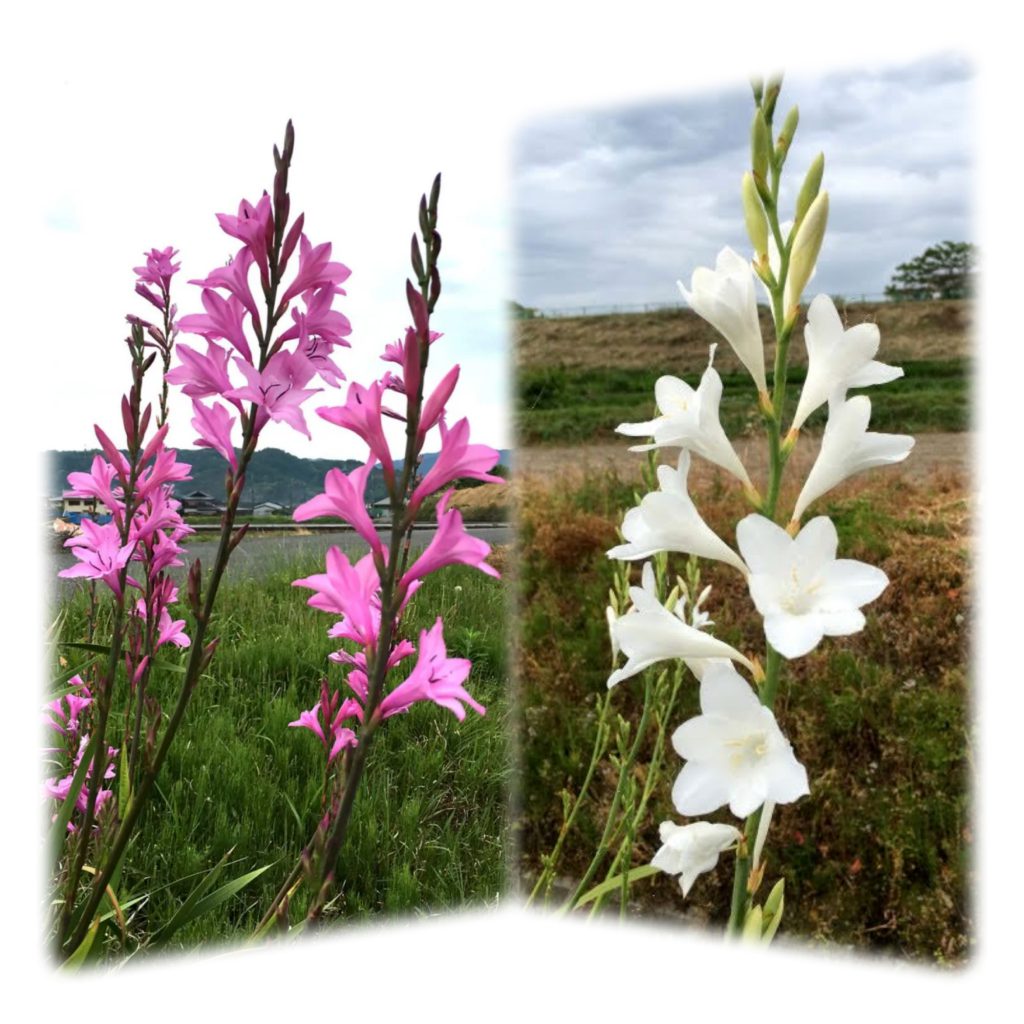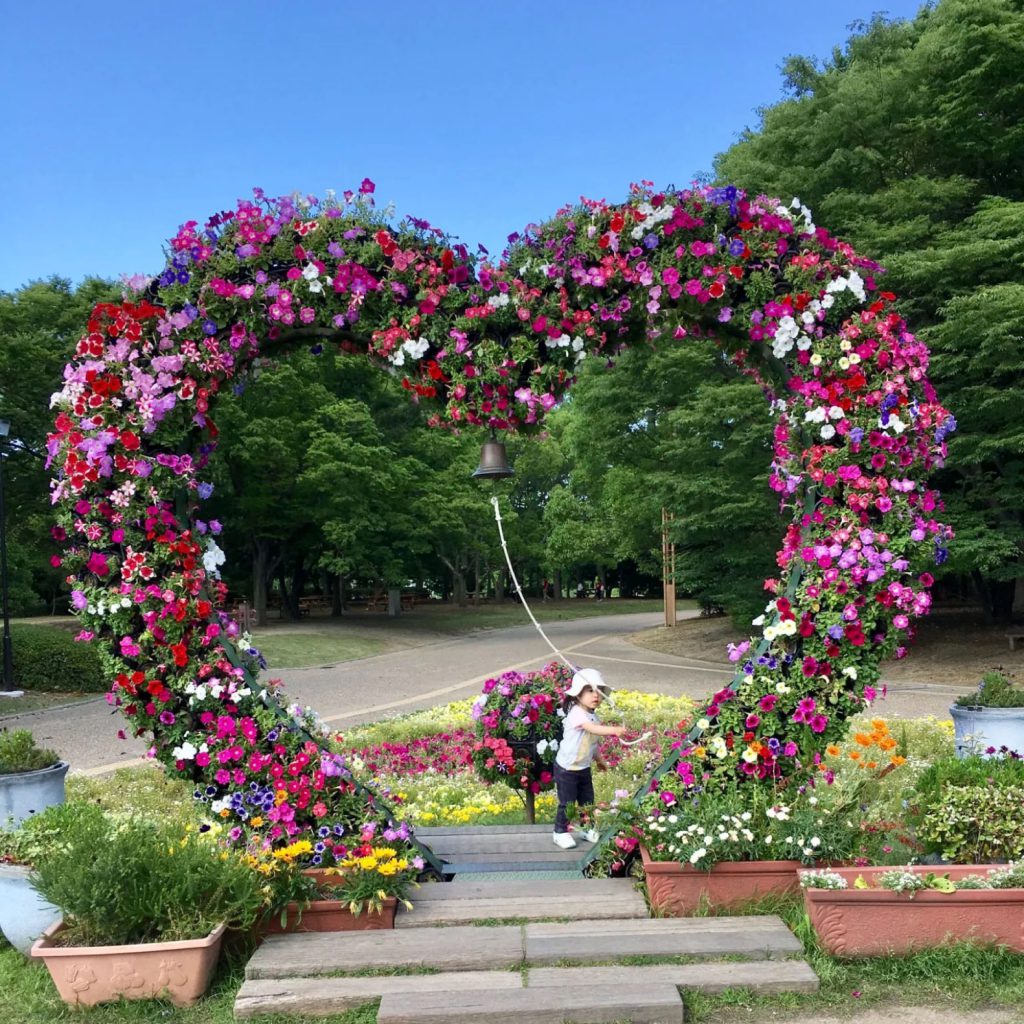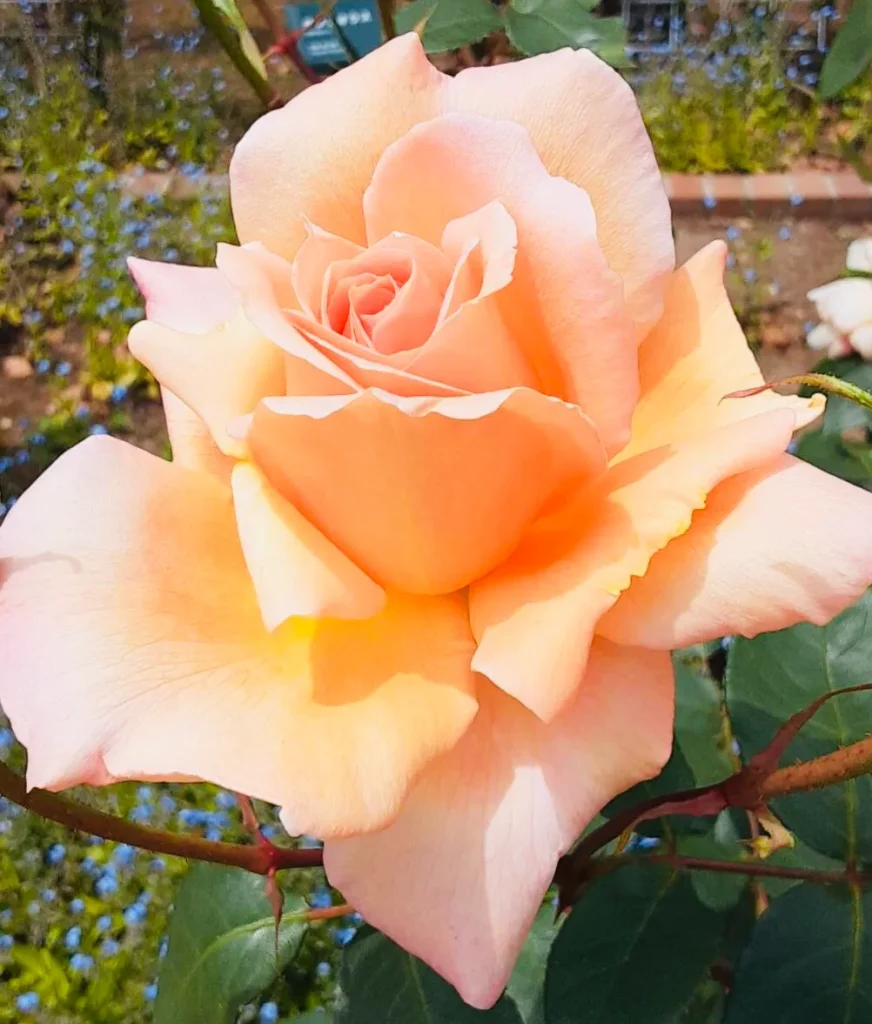
The roses in the rose garden have begun to bloom. The protagonist of the May flower is the rose. From now on, we will get the various informations of the roses from all over the country. The rose flower language is “love” and “beauty”. This flower language is derived from the fact that roses have long been a symbol of love and beauty and have been popular as flowers that convey feelings to loved ones. Its beauty is described as “the queen of flowers”, and it has fascinated many people from ancient times to the present, and now more than 20,000 varieties have been produced. Roses appear in human history in the ancient Babylonian Epic of Gilgamesh, compiled around 1300-1200 BC. Then, it spread from the land of the ancient Near East around 1500 BC to Greece and ancient Rome, and spread all over Europe. Japanese Noibara, Teriha-Noibara and Hamanasu are native to Japan and are known worldwide and were used for breeding. Especially in the Edo period, horticulture became popular regardless of status or occupation, but it was not until the Meiji era that roses became popular as the “queen of flowers” in Japan as they are today. By the way, the national flower of England is roses.
バラ園のバラが咲き始めました。5月の花の主役はバラです。これからは全国各地から様々なバラの便りが届きます。バラの花言葉は「愛」と「美」です。この花言葉がつけられたのは、バラが昔から愛と美の象徴であり、愛する人へ気持ちを伝える花として親しまれてきたことに由来しています。その美しさは『花の女王』とも言い表されるほどで、古くから現在にいたるまで多くの人々を魅了し、現在では2万種以上の品種が生み出されています。バラが人類の歴史に登場するのは紀元前1300〜1200年頃にまとめられた古代バビロニアの『ギルガメッシュ叙事詩』です。そして紀元前1500年頃の古代オリエントの地からギリシャ、古代ローマへと伝播し、ヨーロッパ各地にひろがりました。日本のノイバラ、テリハノイバラバラ、ハマナスは日本原産のバラで、世界的に知られており、品種改良に使用されました。特に江戸時代には身分・職業を問わず園芸が流行しましたが、バラが日本でも現在のように「花の女王」として愛好されるようになるのは明治以降のことです。ちなみにイギリスの国花はバラです。

